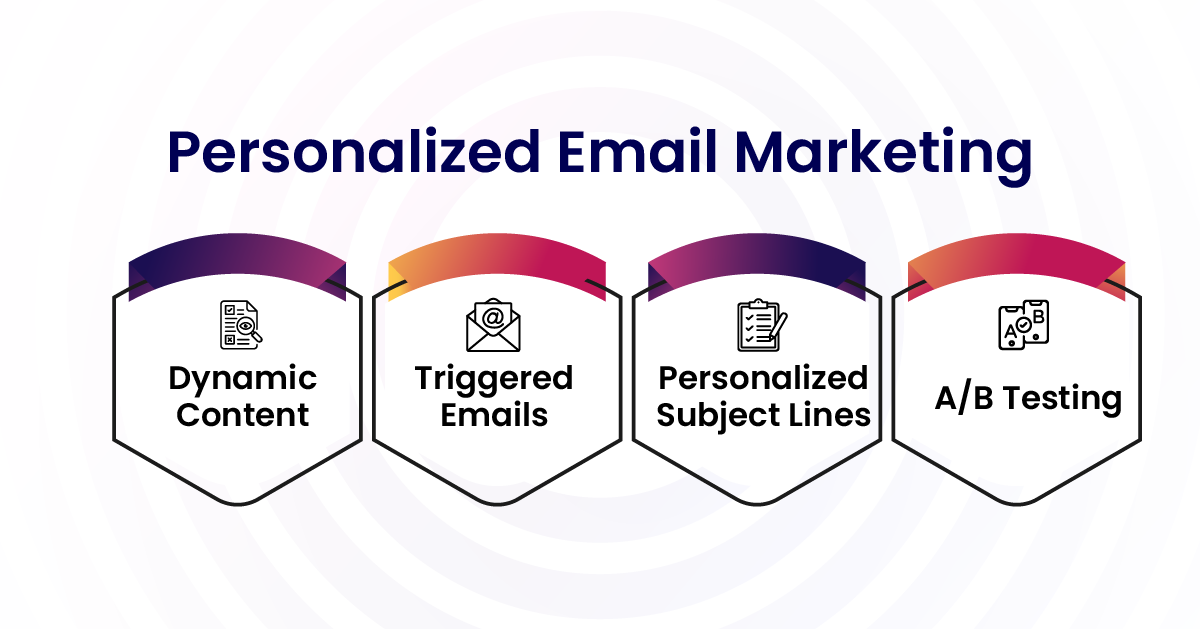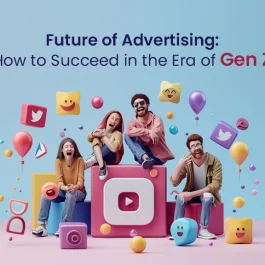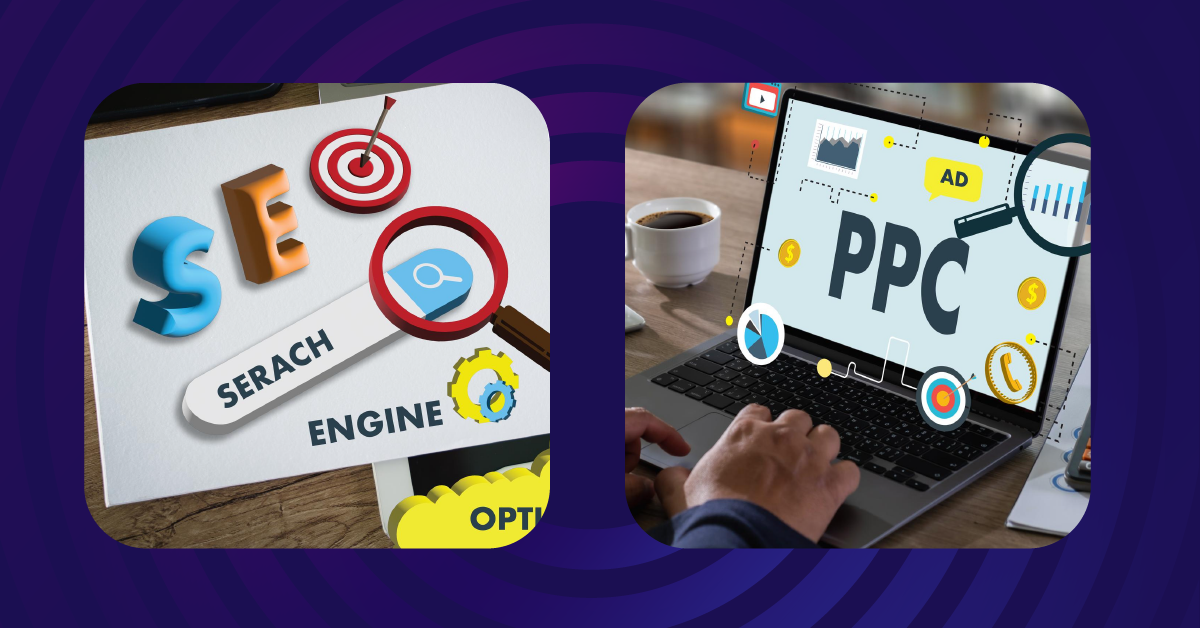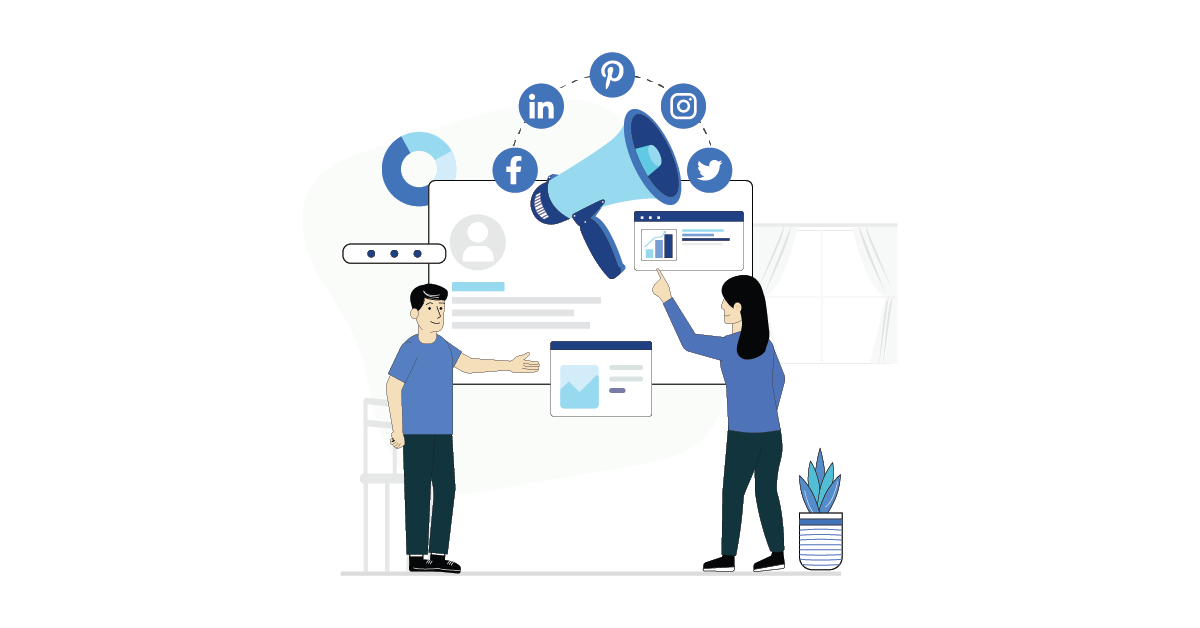4 min read

Personalized marketing has become an important component of modern marketing strategies. By tailoring marketing messages and offerings to individual customers, businesses can enhance customer engagement, increase conversions, and foster long-term loyalty. In this blog post, we will delve into the world of personalized marketing tactics and discuss effective strategies to implement for optimal results.
Table of Contents
Personalized Marketing
Before we dive into the strategies, it’s essential to grasp the concept of personalized marketing. Personalization involves tailoring growth marketing campaigns to individual customers based on their preferences, behaviors, and demographics. This approach goes beyond generic mass advertising and focuses on delivering relevant and engaging experiences to each customer.
Collecting Customer Data
To implement personalized marketing successfully, it is crucial to collect relevant customer data. This information provides insights into customer preferences, behaviors, and demographics, enabling businesses to create targeted campaigns. Here are some effective methods for collecting customer data:
a) Customer Surveys
Surveys are an excellent way to gather first-hand information from customers. By asking specific questions about their preferences, interests, and needs, businesses can gain valuable insights that aid in personalizing marketing efforts.
b) Website Analytics
Leveraging website analytics tools such as Google Analytics allows businesses to track customer behavior on their site. Understanding which pages they visit, how long they stay, and what actions they take helps tailor marketing tactics and messages accordingly.
c) Social Media Monitoring
Monitoring social media platforms for mentions of your brand or industry provides a wealth of information about customer sentiments and preferences. By analyzing this data, businesses can identify trends and personalize their growth marketing strategies accordingly.
d) Purchase History and Customer Relationship Management (CRM) Systems
Leveraging data from past purchases and CRM systems provides valuable insights into individual customer preferences, allowing businesses to offer personalized product recommendations and targeted promotions.
Segmentation and Targeting
Once you have collected customer data, the next step is to segment your audience based on common characteristics. By grouping customers into segments, you can create more personalized marketing campaigns that resonate with specific groups. Here are some effective segmentation strategies:
a) Demographic Segmentation
Segmenting customers based on demographic factors such as age, gender, income, and location allows for more targeted messaging. For example, an online clothing retailer could send tailored promotions to female customers in their 20s who live in urban areas.
b) Behavioral Segmentation
Analyzing customer behavior provides insights into their purchase history, browsing patterns, and engagement levels. By segmenting customers based on behavior, businesses can deliver personalized recommendations and relevant offers.
c) Psychographic Segmentation
Psychographic segmentation involves dividing customers based on their attitudes, interests, values, and lifestyle choices. This approach helps businesses better understand their customers’ motivations and tailor marketing tactics and messages accordingly.
d) Lifecycle Segmentation
Segmenting customers based on where they are in their customer journey allows businesses to deliver personalized content and offers that resonate with their specific needs. For example, a travel agency could send targeted emails to customers who recently booked a trip with them.
Personalized Email Marketing

Email marketing remains one of the most effective channels for personalized marketing. By leveraging customer data and segmentation, businesses can create highly targeted email campaigns. Here are some strategies for effective personalized email marketing:
a) Dynamic Content
Dynamic content allows businesses to customize email content based on individual customer data. By including personalized recommendations, product suggestions, or special offers, businesses can increase engagement and conversions.
b) Triggered Emails
Triggered emails are automated messages sent based on specific customer actions or events. Examples include abandoned cart emails or purchase confirmation emails. These emails can be highly personalized and timed strategically to drive conversions.
c) Personalized Subject Lines
Crafting personalized subject lines that include the recipient’s name or reference their recent activity can significantly improve open rates. Customers are more likely to open an email when it feels tailored specifically to them.
d) A/B Testing
To optimize email personalization efforts, conducting A/B tests is crucial. Testing different elements such as subject lines, content placement, or call-to-action buttons allows businesses to identify what resonates best with different segments of their audience.
Personalized Website Experiences
Creating personalized website experiences is another effective strategy for engaging customers and increasing conversions. By leveraging customer data and segmentation, businesses can tailor website content and offers to each visitor. Here are some strategies for implementing personalized website experiences:
a) Dynamic Content and Product Recommendations
Displaying dynamic content and personalized product recommendations based on customer browsing history or purchase behavior enhances the overall website experience. This approach increases the chances of visitors finding relevant products or content that matches their interests.
b) Personalized Landing Pages
When running specific campaigns or promotions, directing customers to personalized landing pages that align with their interests or demographics improves conversion rates. These pages can be customized with relevant content and tailored calls-to-action.
c) Retargeting Campaigns
Implementing retargeting campaigns allows businesses to show personalized ads to customers who have previously visited their website but did not convert. By reminding them of products they viewed or abandoned in their cart, businesses can bring them back to complete a purchase.
d) User-Friendly Navigation
Optimizing website navigation based on individual customer preferences ensures a seamless browsing experience. By leveraging data on how customers navigate your site, you can customize menus or recommend related content to improve engagement.
Conclusion
Personalized marketing is no longer just a trend; it has become a necessity in today’s competitive landscape. By implementing effective strategies such as collecting customer data, segmentation and targeting, personalized email marketing, and creating personalized website experiences, businesses can enhance customer engagement and drive conversions. Embracing personalization as a core component of your growth marketing strategy will undoubtedly yield long-term success in building strong customer relationships and fostering loyalty.
Published: January 24th, 2024








